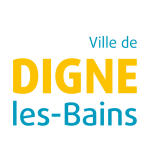 Terres de Durance, céramiques de l’antiquité aux temps modernes
Terres de Durance, céramiques de l’antiquité aux temps modernes
[Terres de Durance, pottery from ancient to modern times]
5.00 €
.
1995
Publisher: Musée Gassendi / Musée Départemental de Gap
Publication in French / 21 x 29.7 cm / 160 pages (illustrated)
This catalogue was published to go with the exhibition designed and created on the occasion of the VIth International Congress of Medieval Pottery in the Mediterranean (in Aix-en-Provence, 13-18 November 1995) by the Musée Gassendi and the Musée Départemental in Gap assisted by the Laboratoire d’Archéologie Médiévale Méditerranéenne, C.N.R.S., II.M.R. 9965, Aix-en-Provence, in collaboration with the Service Régional de l’Archéologie de Provence-Alpes-Côte-d’Azur.
This exhibition was presented in Digne-les-Bains from 15 November 1995 to 7 January 1996, then in the Musée Départemental in Gap in February-March 1996.
“By presenting you the catalogue of the “Terres de Durance” exhibition organised jointly by the Museum in Digne and the Museum in Gap, our aim is to allow you to discover and appreciate the heritage of our two Départements, the Alpes de Haute-Provence and the Hautes-Alpes. This joint work is the fusion of the research carried out by the archaeologists in our region since many years ago.
Based on the results of this research, we now propose that you discover more particularly pottery, which is firstly one of the remains most frequently found on archaeological sites. Furthermore, pottery is a particularly revealing sign of the society that used it. Above and beyond the level of technology that it illustrates, it also tells us about its various uses, and the fashions and tastes of that society.
We propose you to follow the development of this technique and this art form all along the River Durance. In order to have a better idea of this evolution, we consider that it is appropriate to bring together the collections of the museums of Gap and Digne, as well as the recent discoveries monitored by the regional archaeology department (Service Régional de l’Archéologie, DRAC-PACA – Ministry of Culture).
By comparing these remains that are found on both the north and south sides of the Durance, it is possible to compare and define the major technological and artistic trends that happened throughout the centuries. This is how we see the numerous exchanges, due to the circulation of products, but also of people and of knowledge. For, in fact, these “Terres de Durance” prove to be outstanding places of passage and crossroads of richly varied cultural influences. And we wish to echo this rich wealth, which is the basis of our whole culture.”
Alexia Fabre & Nadine Passamar-Gomez
Heritage Curators


